MNK2 deficiency potentiates β-cell regeneration via translational regulation
- PMID: 35697798
- PMCID: PMC7613404
- DOI: 10.1038/s41589-022-01047-x
MNK2 deficiency potentiates β-cell regeneration via translational regulation
Abstract
Regenerating pancreatic β-cells is a potential curative approach for diabetes. We previously identified the small molecule CID661578 as a potent inducer of β-cell regeneration, but its target and mechanism of action have remained unknown. We now screened 257 million yeast clones and determined that CID661578 targets MAP kinase-interacting serine/threonine kinase 2 (MNK2), an interaction we genetically validated in vivo. CID661578 increased β-cell neogenesis from ductal cells in zebrafish, neonatal pig islet aggregates and human pancreatic ductal organoids. Mechanistically, we found that CID661578 boosts protein synthesis and regeneration by blocking MNK2 from binding eIF4G in the translation initiation complex at the mRNA cap. Unexpectedly, this blocking activity augmented eIF4E phosphorylation depending on MNK1 and bolstered the interaction between eIF4E and eIF4G, which is necessary for both hypertranslation and β-cell regeneration. Taken together, our findings demonstrate a targetable role of MNK2-controlled translation in β-cell regeneration, a role that warrants further investigation in diabetes.
© 2022. The Author(s).
Conflict of interest statement
The authors declare no competing interests.
Figures




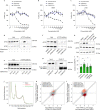

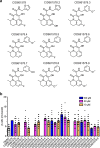
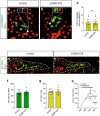


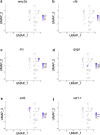

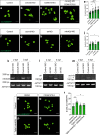
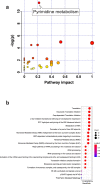


References
-
- Ackermann AM, Gannon M. Molecular regulation of pancreatic β-cell mass development, maintenance, and expansion. J. Mol. Endocrinol. 2007;38:193–206. - PubMed
Publication types
MeSH terms
Substances
Grants and funding
LinkOut - more resources
Full Text Sources
Molecular Biology Databases
Miscellaneous

